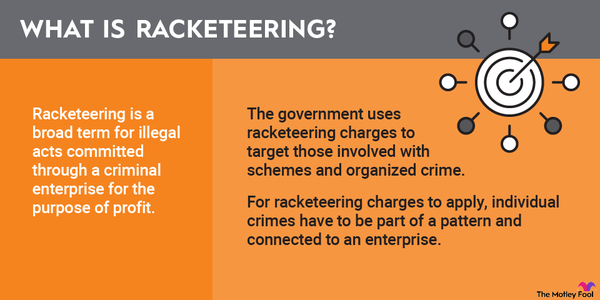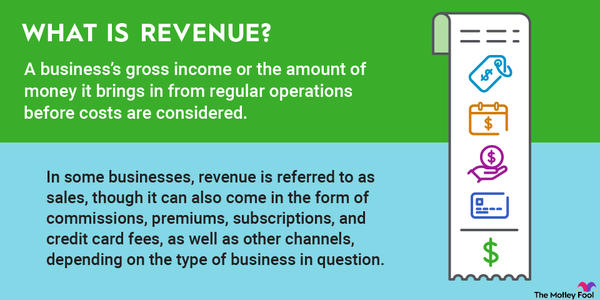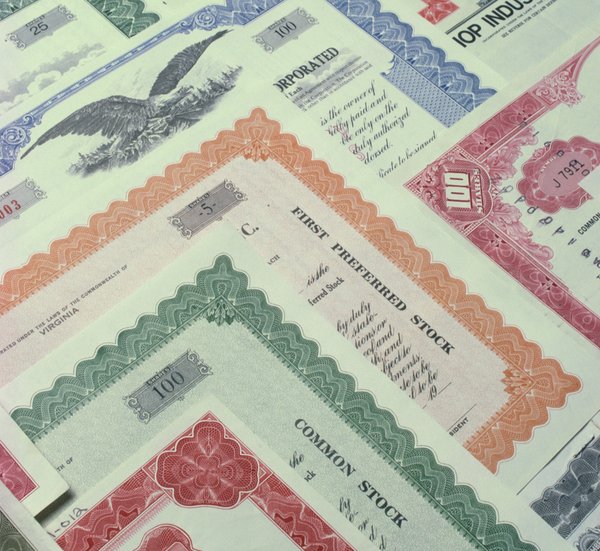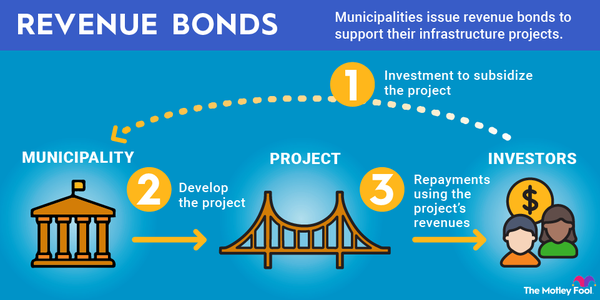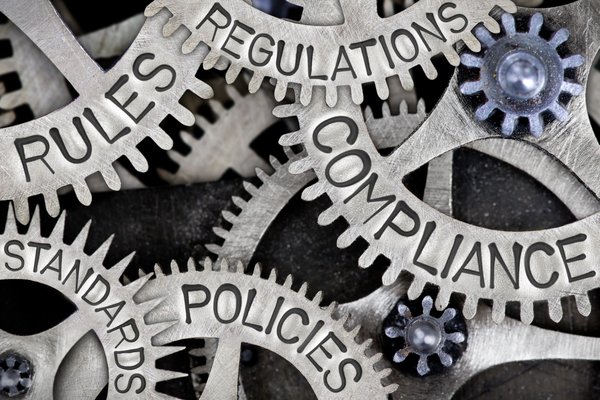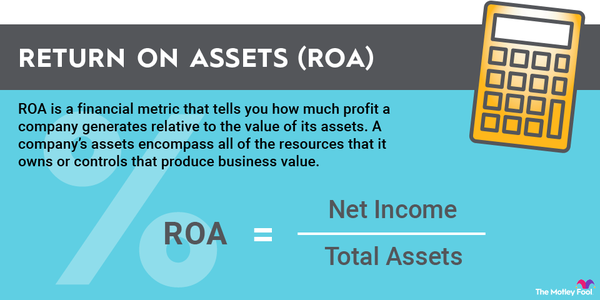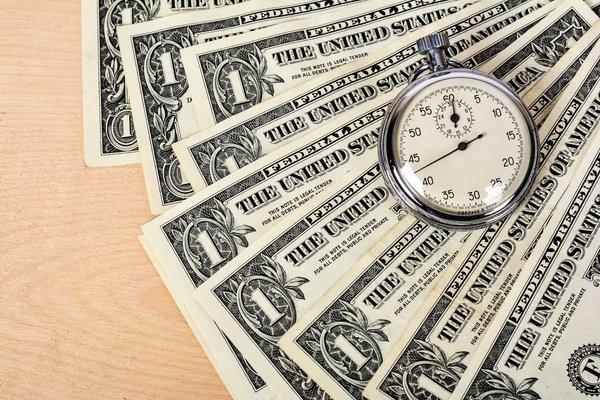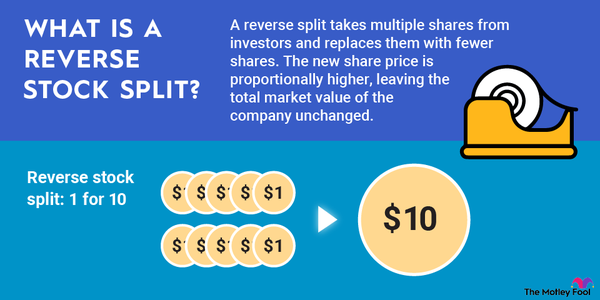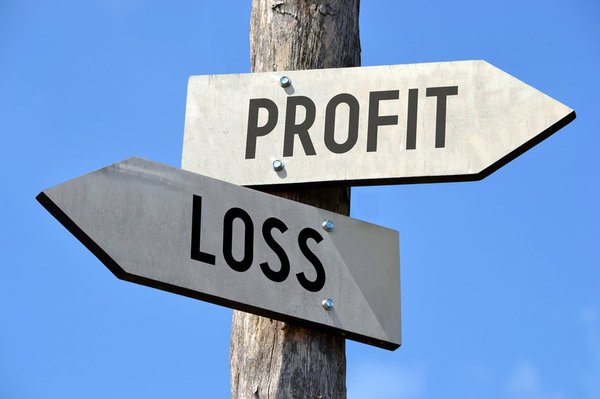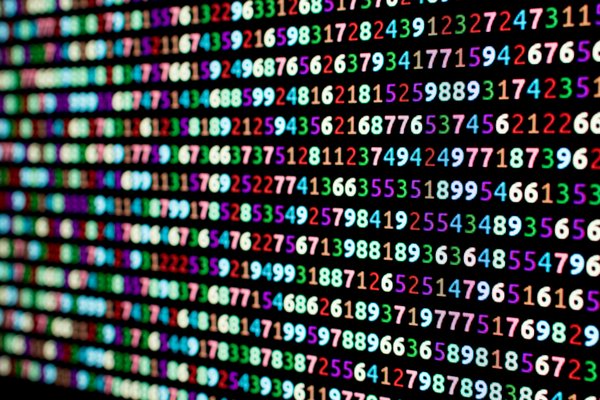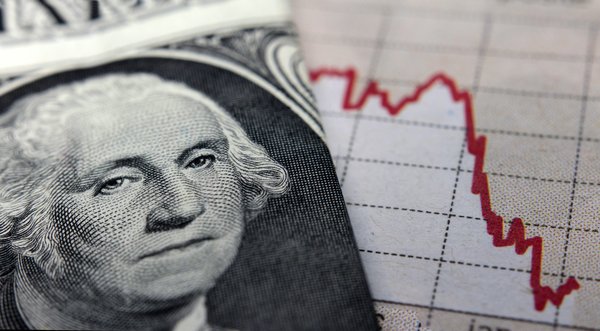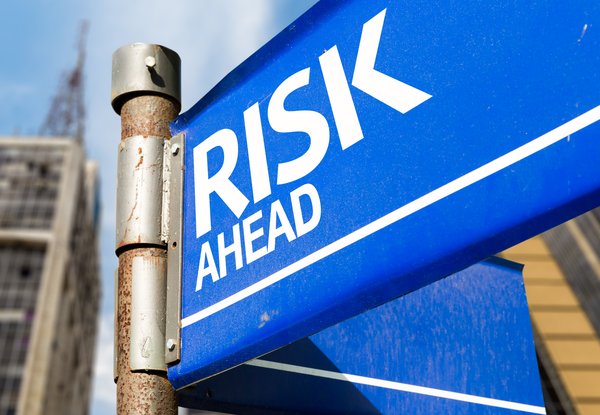Ever wonder how companies can claim to be "100% carbon-free"? Odds are good that they're purchasing renewable energy certificates (RECs), or records that track the source of each megawatt-hour generated by clean energy. Read on to learn more about these certificates and their use.
Definition
What are renewable energy certificates?
Renewable energy certificates are records that act as proof that a company or individual has purchased electricity from a source of clean power, such as a solar or wind farm. The certificates are generally sold in units of one megawatt-hour (MWh), enough to power the typical American home for 1.2 months or keep an electric vehicle operating for 3,600 miles. They typically include information such as the type of fuel used, the facility where the power originated, the generation date, and a tracking ID.
The certificates were pioneered in 2001 in Texas to help the state administer its renewable portfolio standard (RPS), a goal requiring energy providers to supply a minimum amount of power from clean sources. By the end of 2023, 28 states and the District of Columbia had adopted standards requiring providers to supply various percentages of power from clean energy.
RECs are sold through two markets:
- Compliance markets, where electric utilities buy and sell certificates to ensure they're complying with state standards
- Voluntary markets, where individual households acquire certificates based on a desire to use renewable energy.
The market for the certificates is booming. S&P Global Commodity Insights predicted in 2024 that the market is expected to grow at a 10% compound annual growth rate from 2024 through 2033, tripling from the $13 billion estimated in 2022. The compliance market accounts for about 95% of the market.
Prices for the certificates vary considerably from region to region. Because there's less demand for them, certificates on the voluntary market tend to be far lower than those in compliance markets. The U.S. Environmental Protection Agency reported that prices for certificates on the voluntary market fell from $1.20/MWh in 2010 to $0.35/MWh in 2016; meanwhile, prices in the compliance market soared to around $60/MWh.
Because RECs are tradable, they offer opportunities for arbitrage. In the PJM market, which coordinates power for much of the mid-Atlantic region of the United States, demand exceeds supply, causing higher prices. In the Electric Reliability Council of Texas (ERCOT) market, supply typically is much greater than demand, so prices are low.
RECs vs. offsets
How do RECs differ from offsets?
A renewable energy certificate is not a carbon offset. Offsets measure the amount of carbon dioxide (CO2) emissions that are avoided and can be used for any type of generation or emission. Renewable energy certificates are measured in megawatt-hours and are only used for electricity and emissions from purchased electricity.
Related investing topics
Example
Example of REC use
Here's an example: Let's say the Midnight Sun Solar Company in Alaska generates 1,000 MWh of electricity from a new solar farm. Since it receives a REC for each megawatt-hour of renewable electricity that it generates, it now has 1,000 certificates.
The company can keep its certificates or can sell them. In this case, suppose a Connecticut utility needs to buy RECs to meet its state's renewable portfolio standard requirements. Since the RECs are tradable, the Alaska company can sell any number of available RECs to the Connecticut buyer -- and likely at a profit since the demand for sources of renewable energy in the state is much greater than its supply.


